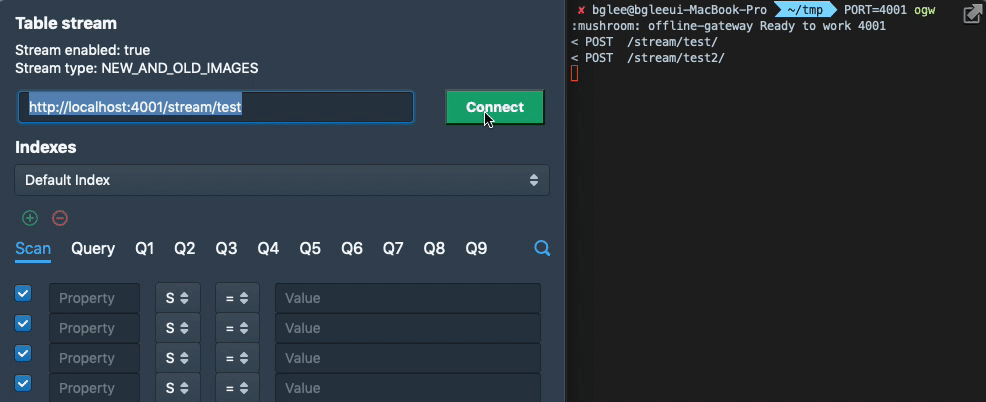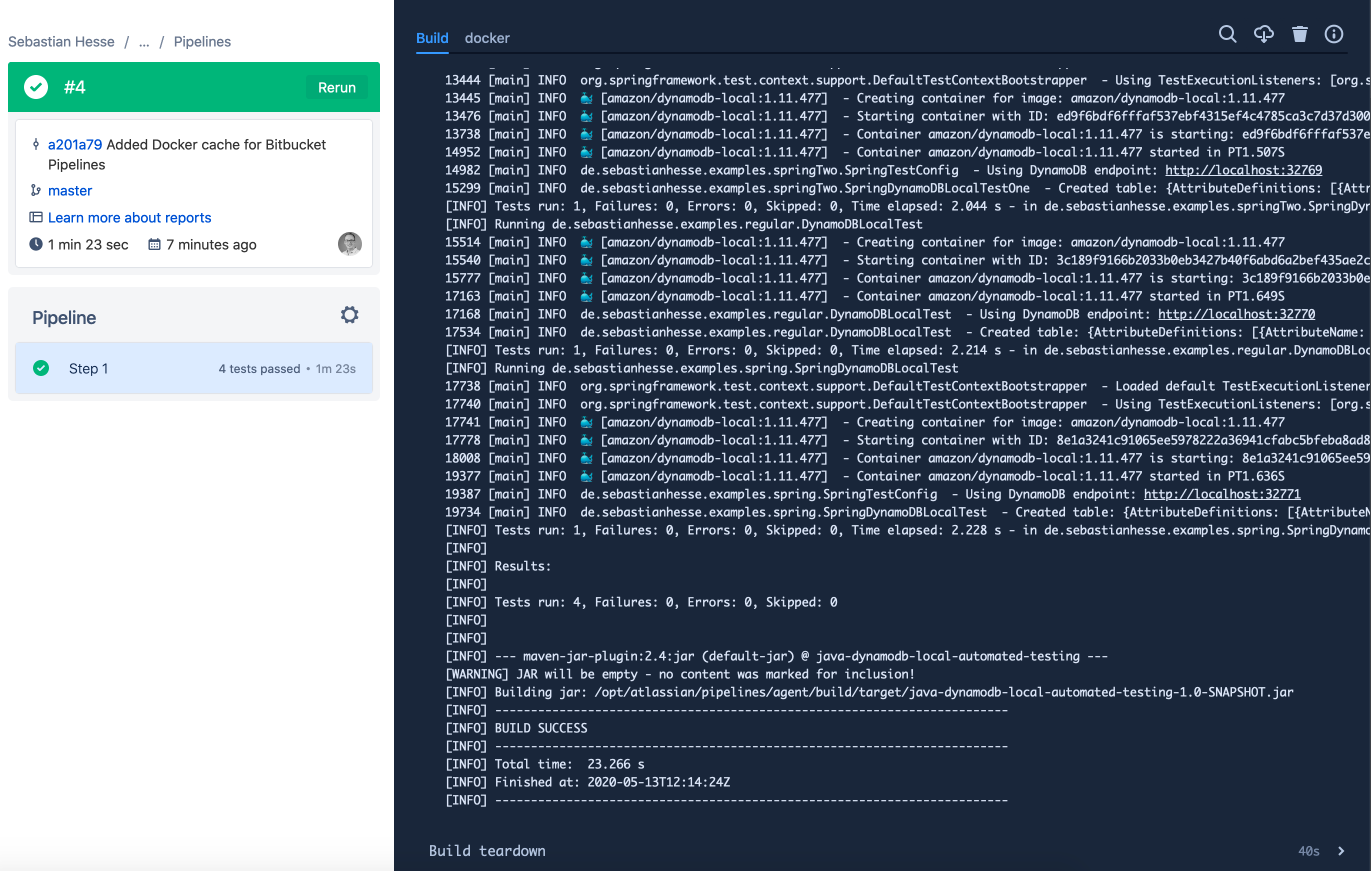
Since AWS charges for DynamoDB, it will be a cost effective way to explore different components of DynamoDB in your local system. You can setup DynamoDB in your local system that can served as a test or dev environment.
CONNECT TO LOCAL DYNAMODB INSTALL
The properties will be dynamically pulled out of the application.properties file in the Spring config: = ".dynamodb. In this blog post we are going to install DynamoDB in local system and then make a connection to it and create a table. When accessing a local instance of DynamoDB these fields need to be populated by some values but are not needed to actually authenticate. AWS Access Key ID: 'fakeMyKeyId' AWS Secret Access Key: 'fakeSecretAccessKey' then try below command to list tables.

Instead, the database is self-contained on your computer. DBeaver supports AWS Cloud and Standalone versions of DynamoDB. Setting Up DynamoDB Local (Downloadable Version) With the downloadable version of Amazon DynamoDB, you can develop and test applications without accessing the DynamoDB web service. Topics Using the Console Using the AWS CLI Using the API Using the NoSQL Workbench for DynamoDB IP Address Ranges Javascript is disabled or is unavailable in your browser. The access and secret keys listed above are just arbitrary values for your local config. DynamoDB requires any/fake credentials to work. SQL queries execution JSON queries execution Data export and import. Accessing DynamoDB You can access Amazon DynamoDB using the AWS Management Console, the AWS Command Line Interface (AWS CLI), or the DynamoDB API.
CONNECT TO LOCAL DYNAMODB CODE
If you're like me, and you want to create data by copy/pasting code in the command line instead of doing it manually from the GUI, here are some =key

Creating tables and items from the command line Or if you want to sync your DB table with a DynamoDb table, use trait BaoPhamDynamoDbModelTrait, it will call a PutItem after the model is saved.

The idea here is that you can switch back to Eloquent without changing your queries. Using it is very straightforward so I won’t walk you through it here, but to give you an idea, here are what the screens look like.Ĥ. Extends your model with BaoPhamDynamoDbDynamoDbModel, then you can use Eloquent methods that are supported. Enter values for authentication credentials and other properties required to connect to Amazon DynamoDB. The AWS Certified Cloud Practitioner (CLF-C01) exam is intended for individuals who can.
CONNECT TO LOCAL DYNAMODB DRIVER
On the next page of the wizard, click the driver properties tab. In the Create new connection wizard that results, select the driver. Ive installed the serverless-offline plugin, as suggested: npm install serverless-offline next -save-dev. One of the functions I want to test locally connects to DynamoDB, which Im running inside a Docker container locally.



 0 kommentar(er)
0 kommentar(er)
